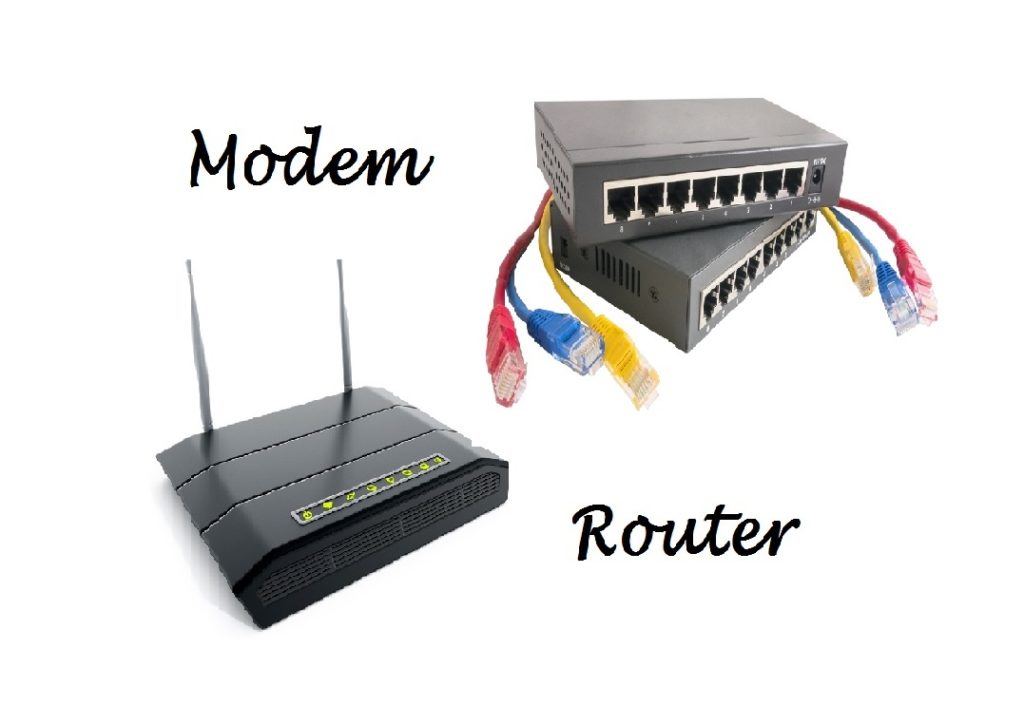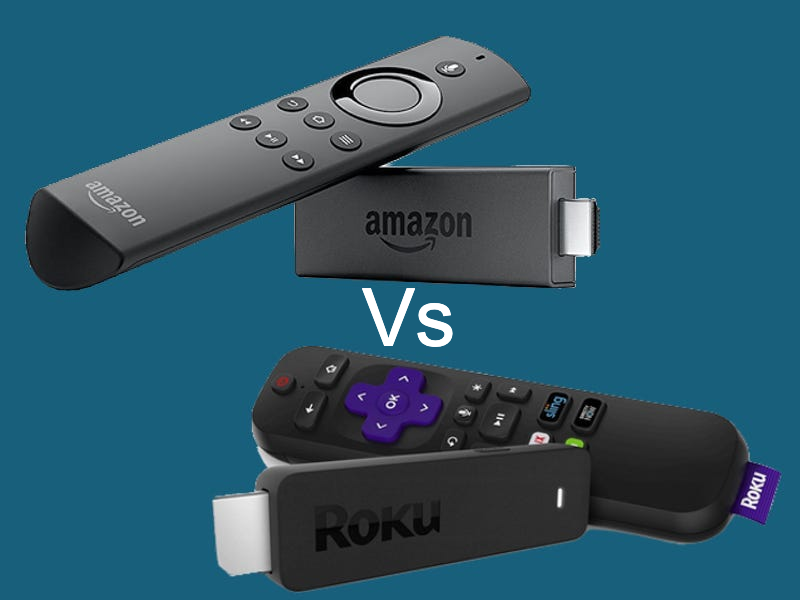Nowadays everyone is using modems in their homes and workplaces having inbuilt Routers and wireless network connections to their devices, due to which people who have been using the internet from its initial era only know the difference between Modems and Routers. So here is the elaboration of these two networking devices.

Table of Contents
What Are Modems
A modem is a networking device that connects your system to the outer world internet. A modem converts the analog signals coming from the internet supplier to digital signals because our computers can execute only digital signals.
Modulation is the process of converting analog signals to digital signals. Likewise, Modem also converts the digital signal given out by the computer system to the outside bigger internet network after converting them back to analog signals, and demodulation is the process of converting digital signals to analog signals.
The word “Modem” forms when we put these words modulation and demodulation in some initial letters. It works as a gateway to your Device to the internet.
Types of modem
There are various types of Modems like analog, cable, and DSL.
- Analog Modem
An analog modem is the eldest type of modem. It uses a telephone connection line to convert signals due to which one may not be able to use a phone for calling purposes while streaming or using an internet network.
- DSL Modem
A DSL modem is a newer version of the analog modem as it also uses telephone connection lining to convert signals but in this type of modem, we also get the facility to use the phone for calling purposes while surfing the internet. Because in DSL the frequencies of both calling and internet connections are separate from each other, we can perform both functions simultaneously. A DSL is not as fast as cable as they do not share internet bandwidth, they have their dedicated connections.
DSL modems have a download speed of 5-100Mbps.
Types of DSL
- ADSL(Asymmetric Digital Subscriber line)
In Asymmetric Digital Subscriber line DSL, the download speed of the network is more than the upload speed.
- SDSL(Symmetric Subscriber line)
In symmetric subscriber line DSL, the download speed of the network is equal to the upload speed.
- Cable Modem
Cable Modems are the modems that use general-purpose TV cables for getting internet networks from internet providers. In cable modems, the router connects to computers with coaxial wire. These types of modems provide download speeds of range 25Mbps to 400Mbps.
Here in this form of service, the same provider distributes the network to the customers or shares the same bandwidth due to which the speed of the internet provided to customers may get low for some time when the number of users increases at the same time. This is not preferable for long-distance internet providing services because it contains copper wires which may have electromagnetic interference on the transmitted data.
*Extra Features
Other than converting signals modems also have to look at whether the transmitted data pack by the internet providers is correct for your system or not. If they are not correct or harmful to your system they are sent back by the modems.
Some US-based Modems manufacturing companies are ATMT, D-Link, Cisco, Motorola, etc.
What Are Routers
A router is a networking device used to avoid the traffic that happens during the transmission of data by checking the IP address of the system to which the data has to be sent whether it is off its network or not.
The modem ensures that the data is sent to the needed device only among all the devices connected to the same network.
Ex: If your phone and PC are connected to the same network then its routers work to play a video on your mobile only if you have played it on mobile. It makes it possible to use different devices on the same network and also to share various types of data like files, folders, drives, etc. These are the modified version of hubs which does not use to send the data only to the needed device but to every possible port connected to it.
Since it checks the IP Address on the data packets, it not only removes the unwanted traffic but also provides data security. For security concerns only they also have password facilities on them. The router provides access to the internet network only to the device that enters the correct password as saved by the owner in its settings.
Types
1. Wired routers
Wired Routers are the routers that connect to the devices with wires.
2. Wireless Routers
Wireless Routers are routers that connect to devices with the digital wireless network without any direct physical connection.
Some US-based router manufacturing companies are Cisco, Nokia, and Juniper.
Frequently Asked Questions
Q1: Why do we need a Modem and a Router?
If you want to use the network for one device only, then you do not need a router. but if you have to connect more than one device to the same network then you need a Router with your Modem.
Q2: Is there any Combo of Modem and Routers?
Yes, nowadays integrated Modems are present in the markets provided by internet provider companies that contain inbuilt wireless Routers.
Q3: Are modems and routers the same?
No, a modem connects a device to the internet while a router connects the devices to WiFi.


